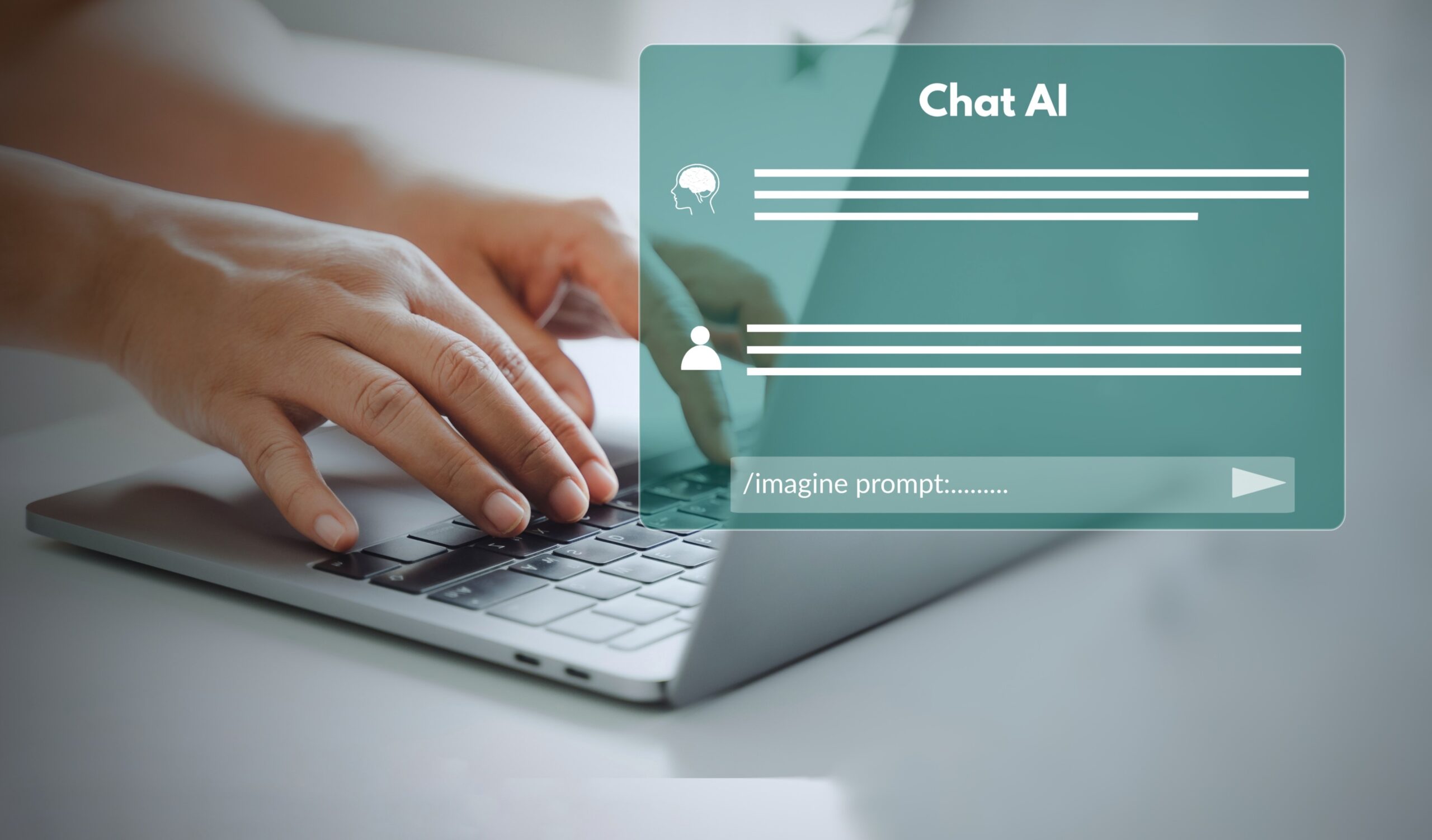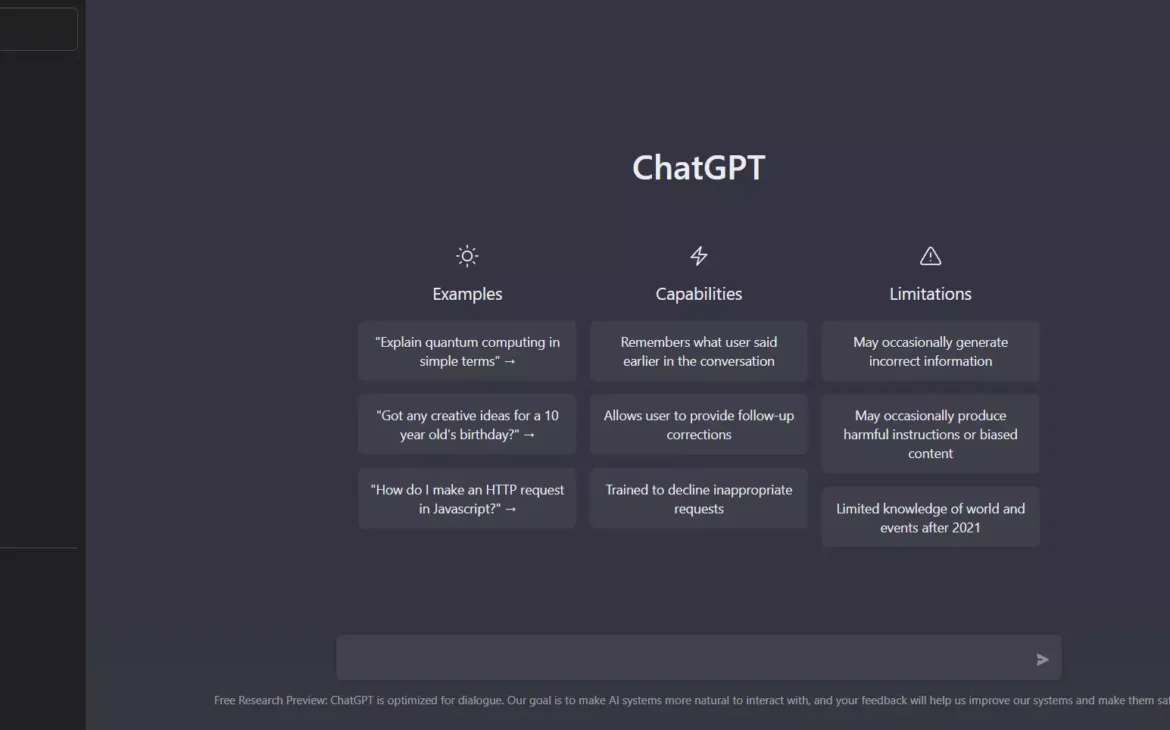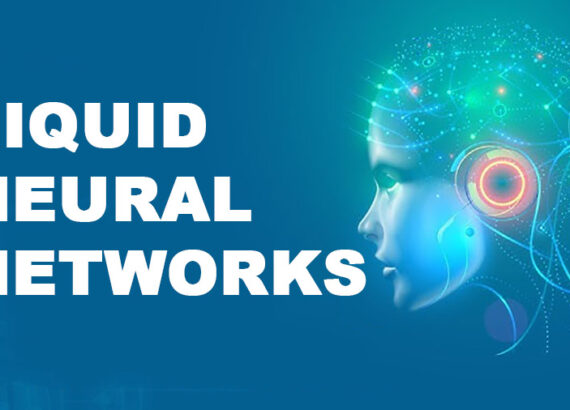What is the Future of ChatGPT Prompt Engineering
ChatGPT, an advanced language model developed by OpenAI, has emerged as a powerful tool for generating human-like text responses. However, to achieve optimal results, proper prompt engineering is crucial. In this article, we delve into the future of ChatGPT prompt engineering and explore its importance in shaping the capabilities of this AI system. We will examine the evolution of ChatGPT, highlight current challenges faced in prompt engineering, discuss strategies for improvement, and envision potential advancements and ethical considerations. Furthermore, we will explore the diverse applications of ChatGPT prompt engineering across various industries. By understanding the significance of prompt engineering, we can harness the full potential of ChatGPT and leverage its capabilities effectively.
1. Introduction: Understanding the Significance of ChatGPT Prompt Engineering
The Importance of ChatGPT Prompt Engineering
In the exciting world of ChatGPT, prompt engineering has emerged as a crucial technique for enhancing the capabilities of these chatbot models. As users, we want chatbots that can understand and respond to our queries accurately and effectively. Prompt engineering plays a significant role in achieving this, as it helps shape the behavior and responses of the chatbot.
Defining ChatGPT Prompt Engineering
ChatGPT prompt engineering involves crafting well-designed instructions or example interactions that guide the chatbot’s responses. By carefully choosing the prompts, developers can influence the chatbot’s behavior, tone, and level of expertise. It’s like providing the chatbot with a set of guidelines to follow when engaging in conversations. Think of it as giving your chatbot a personality makeover!

2. The Evolution of ChatGPT: A Brief Overview
Introduction to ChatGPT
It has been designed to engage in human-like conversations with users, making it an impressive tool for various applications, from customer support to personal assistants.
The Development of ChatGPT Prompt Engineering
Prompt engineering has evolved alongside ChatGPT’s development. Initially, chatbots were trained using traditional supervised learning, where human experts provided explicit responses. However, recent advancements have introduced methods like prompt engineering, which allows developers to fine-tune the model’s behavior by providing more specific instructions or example conversations.
3. Current Challenges in ChatGPT Prompt Engineering
Limitations of Current ChatGPT Systems
While ChatGPT has made impressive strides, it still faces certain limitations. It may sometimes produce incorrect or nonsensical answers, struggle with ambiguous queries, or exhibit biased behavior. These challenges highlight the importance of prompt engineering to help mitigate these issues and improve the user experience.
Common Issues and Roadblocks in Prompt Engineering
Prompt engineering isn’t always a walk in the park. Developers often face challenges in crafting prompts that elicit the desired responses from ChatGPT. It can be a trial-and-error process, requiring careful tweaking and experimentation to strike the right balance between specificity and flexibility. Additionally, prompt engineering must also address potential biases and ethical considerations that could arise in the chatbot’s responses.

4. Strategies and Techniques for Improving ChatGPT Prompt Engineering
Best Practices in Formulating Effective Prompts
To improve ChatGPT’s performance through prompt engineering, certain best practices come in handy. These include providing clear instructions, explicitly specifying desired outputs, and considering edge cases. Developers should also leverage context and ask the right questions to elicit accurate responses, while keeping the prompts concise to avoid overwhelming the model.
Fine-tuning and Customization Approaches
Fine-tuning and customization offer further avenues for enhancing ChatGPT’s prompt engineering. By fine-tuning the model on specific data or domains, developers can tailor the chatbot’s responses to specific user needs. Customization also extends to adapting ChatGPT behavior to individual preferences, striking a balance between personalization and generalized conversational skills. Remember, it’s all about training your chatbot to be your virtual best friend!
5. The Future of ChatGPT Prompt Engineering: Potential Advancements and Innovations
Advanced Language Models for Enhanced Prompt Engineering
As technology continues to evolve, so does the potential for advanced language models to revolutionize prompt engineering in ChatGPT. These models could offer more precise and context-aware suggestions, making it easier for users to craft effective prompts. With improved natural language understanding, these models might even anticipate user needs and provide prompt recommendations tailored to specific conversational goals.
Exploring Multi-turn Conversational Prompts
While ChatGPT currently excels at responding to single-turn prompts, the future of prompt engineering lies in multi-turn conversational prompts. This approach would enable users to have dynamic and extended interactions with the model, simulating more natural and engaging conversations. By leveraging the contextual information from previous turns, ChatGPT could deliver more coherent and contextually relevant responses, enhancing the overall conversational experience.

6. Ethical Considerations and Responsible Use of ChatGPT Prompt Engineering
Potential Biases and Ethical Concerns
As with any AI system, it is crucial to address potential biases and ethical concerns in ChatGPT prompt engineering. Pre-training language models on large datasets can inadvertently reinforce societal biases present in the data. It is important to develop techniques that minimize bias and ensure fair and inclusive interactions. This involves ongoing monitoring, evaluation, and iterative improvements in the prompt engineering process to mitigate unintended biases and promote ethical use of the technology.
Ensuring Transparency and Accountability
To build trust and ensure responsible use, transparency and accountability must be at the forefront of ChatGPT prompt engineering. Openly sharing information about how prompts are generated, the data used, and the biases addressed helps users understand the limitations and capabilities of the system. Collaboration with external auditors, soliciting public input, and implementing feedback mechanisms can further enhance transparency and ensure that prompt engineering aligns with societal values.
7. Applications and Impacts of ChatGPT Prompt Engineering in Various Industries
ChatGPT Prompt Engineering in Customer Support
ChatGPT prompt engineering holds immense potential for revolutionizing customer support. By crafting prompts specifically tailored to common customer queries, businesses can provide faster and more accurate responses. This technology has the power to improve customer satisfaction, reduce response times, and free up human agents to focus on more complex tasks, ultimately enhancing the overall customer experience.
ChatGPT Prompt Engineering in Content Generation
Content generation stands to benefit greatly from ChatGPT prompt engineering. By guiding the language model with prompts, content creators can leverage its natural language generation capabilities to generate engaging articles, blog posts, or social media updates. With careful prompt engineering, writers can infuse their personal style and tone into the AI-generated content, saving time and expanding their creative potential.
8. Embracing the Potential of ChatGPT Prompt Engineering
The future of ChatGPT prompt engineering holds tremendous promise. Advanced language models and multi-turn conversational prompts will unlock new levels of human-like interaction and understanding. However, ethical considerations and responsible use must remain at the forefront. By embracing transparency, addressing biases, and leveraging this technology responsibly, we can harness its potential to bring significant positive impacts across industries, transforming customer support, content generation, and beyond. So, let’s step into this exciting future and shape it responsibly with ChatGPT prompt engineering!

9. Conclusion
In conclusion, ChatGPT prompt engineering plays a pivotal role in maximizing the effectiveness and reliability of this advanced language model. By continually improving prompt formulation techniques, exploring new advancements, and addressing ethical considerations, we can unlock the full potential of ChatGPT in various industries. As we move forward, it is essential to embrace the responsible use of this technology, ensuring transparency, accountability, and fairness. With careful consideration and innovative approaches, we can harness the power of ChatGPT prompt engineering to revolutionize human-machine interactions and drive transformative change in the way we communicate with AI systems.
FAQ
1. What is ChatGPT prompt engineering?
ChatGPT prompt engineering refers to the process of formulating effective prompts or instructions to elicit desired responses from the ChatGPT language model. It involves crafting prompts in a way that provides clear instructions, context, and guidance to generate accurate and coherent responses.
2. Why is prompt engineering important for ChatGPT?
Prompt engineering is crucial for ChatGPT because it helps shape the quality and relevance of the model’s responses. Well-crafted prompts can guide ChatGPT to generate more accurate, specific, and context-aware replies. Without proper prompt engineering, ChatGPT may produce vague or nonsensical outputs, limiting its usefulness in real-world applications.
3. What are the challenges in ChatGPT prompt engineering?
One of the challenges in ChatGPT prompt engineering is avoiding biases or promoting ethical concerns in the responses generated by the model. Additionally, striking the right balance between providing enough context and being overly specific in prompts can be challenging. Finding effective strategies to fine-tune prompts for different use cases and addressing the limitations of the model are also areas of concern.
4. How can prompt engineering be improved for ChatGPT?
Improving ChatGPT prompt engineering involves experimenting with different prompt formats, refining instructions, and incorporating feedback loops to iteratively enhance the responses. Fine-tuning techniques, customization approaches, and exploring multi-turn conversational prompts are some strategies that can contribute to improved prompt engineering. Additionally, ongoing research and advancements in language models can pave the way for more sophisticated prompt engineering techniques in the future.
Thank you for reading 🙂
If you want to build your website in an affordable price contact: www.nextr.in
Read this: How To Become A Software Engineer/Developer In 2023


















